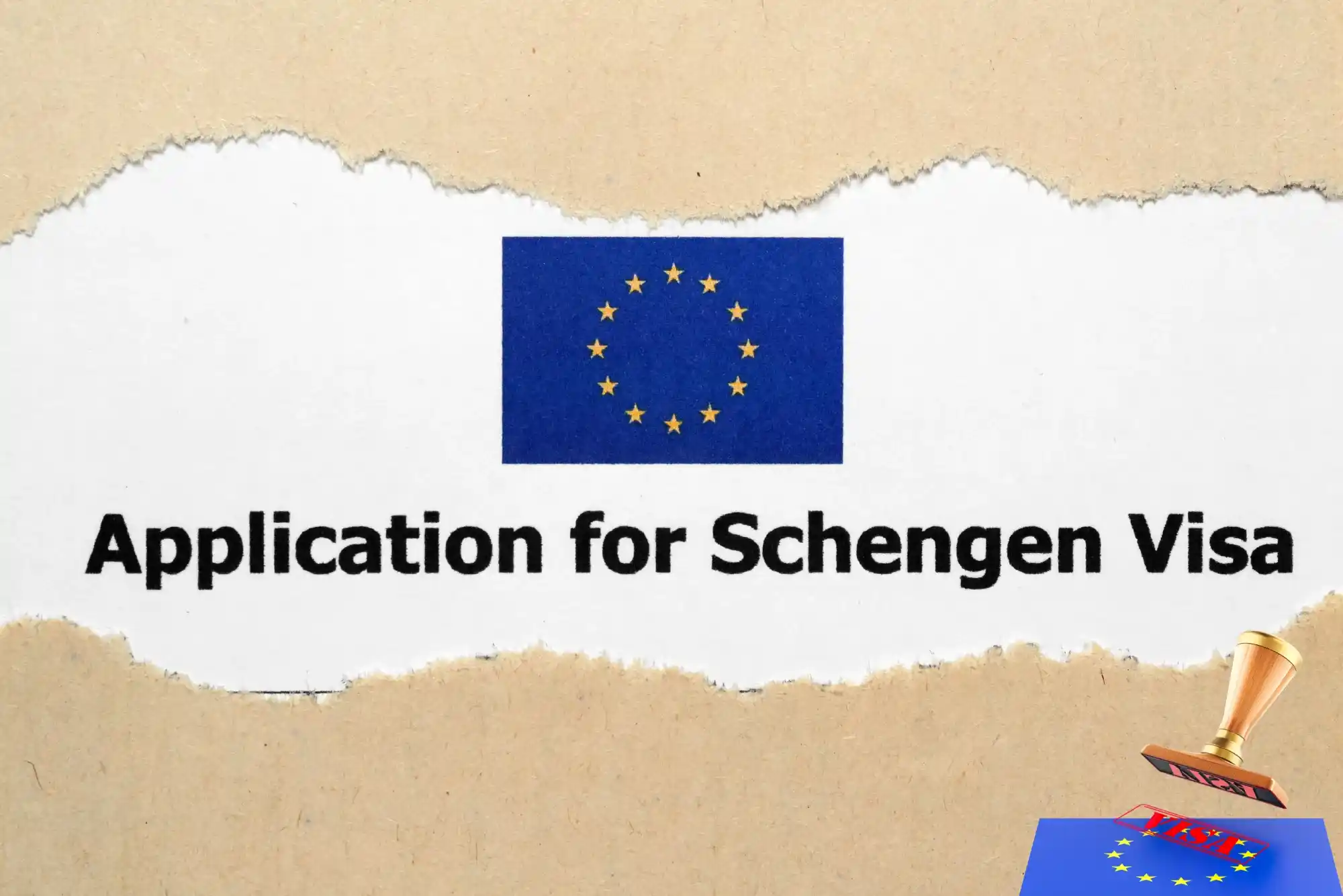Europe is calling. The question is: are you ready? From the sun-drenched coastlines of Greece to the snow-kissed villages of Austria, the continent offers an irresistible mix of culture, cuisine, and adventure. But before you book your flight or dream up your itinerary, there’s one essential pass you’ll need: the Schengen visa. This powerful document lets you step into 27 European countries with a single stamp. No extra paperwork. No border hassle. Just endless possibilities.
If you’re planning to travel to Europe soon, this guide is your best travel companion.
Why the schengen visa is your golden ticket to Europe
The Schengen visa is not just a document—it’s a door-opener. With it, you can explore most of the European Union without facing internal borders. That means you can land in Spain, train to France, and fly out from Italy, all on one visa.
The Schengen visa allows non-European citizens to stay in the Schengen Area for up to 90 days within a 180-day period. It’s perfect for tourism, business, family visits, or short academic courses. And yes, it’s what they call a short stay visa—designed for travelers who want to explore without settling.
What makes it unique is its flexibility. Once you’re in, you’re in. The internal borders between countries disappear, leaving you free to move like a local.
If you’re unsure where to start your journey or how to stay protected, European travel insurance is not just recommended—it’s mandatory. Not only does it keep you safe in case of medical emergencies, but it’s also a vital part of your visa requirements. That’s where AXA Schengen comes in, offering reliable and affordable coverage accepted by embassies worldwide.
How to apply for a schengen visa without the stress
Visa paperwork might not be the most thrilling part of your trip—but it’s crucial. Applying for a Schengen visa is surprisingly straightforward if you follow the steps and stay organized.
1. understand the visa requirements
Before diving into the application, take time to research the visa requirements specific to the country where you’ll apply. While the basic documents are similar across Schengen countries, a few details might differ depending on the consulate.
Here’s what you’ll typically need:
- A valid passport (with at least two blank pages)
- A completed visa application form
- Passport photos that meet EU standards
- Proof of accommodation (hotel bookings, invitation letters, etc.)
- Flight reservations or detailed travel itinerary
- Travel insurance with a minimum €30,000 coverage (AXA Schengen’s plans are embassy-approved)
- Proof of financial means (bank statements, pay slips, or sponsor letters)
- A cover letter explaining your travel purpose
This is where being methodical pays off. The better prepared you are, the smoother the rest of the process will go.
2. book your visa appointment early
Embassies and consulates can get booked up quickly—especially in peak travel seasons. It’s best to book your visa appointment as early as possible, ideally 4–6 weeks before your departure.
On the day of your appointment, bring all your documents neatly arranged and ready to go. You may be asked questions about your travel plans, income, or accommodation. Confidence and clarity go a long way here.
3. wait patiently and track your application
Most consulates process Schengen visa applications in about 15 days. During busy periods, it may take longer. Some embassies offer tracking systems so you can stay updated without guessing.
Once your visa is approved, double-check the entry and exit dates. And don’t forget to print your insurance policy to bring with you—you might be asked to show it at the border.
Why travel insurance is your visa’s best friend
Applying for a Schengen visa without insurance? That’s a no-go. All applicants must show proof of valid Europe travel insurance to qualify for the visa. But don’t just choose any policy. Make sure it covers:
- Medical emergencies and hospitalization
- Repatriation in case of illness or death
- The full Schengen Area
- At least €30,000 in coverage
AXA Schengen offers embassy-compliant coverage you can trust. Fast, affordable, and accepted by all Schengen consulates—so you can focus on packing instead of paperwork.
Curious to get started? Learn everything you need and apply directly for your Schengen visa with AXA Schengen.
Pro tips to maximize your time in the Schengen Area
Once you’ve secured your Schengen visa, the adventure begins. But remember: it’s a short stay visa, not a permanent relocation permit. That means you’ll need to keep track of your 90 days. Exceeding your limit can lead to bans or denied future applications.
Here’s how to make the most of your time:
- Use train passes to explore multiple countries easily and affordably
- Plan your itinerary around regional events, like summer festivals or Christmas markets
- Stay in locally-owned accommodations to get an authentic experience
- Always carry a copy of your travel insurance and visa, just in case
And don’t forget: just because the visa lets you roam freely doesn’t mean every country is the same. Language, customs, and even currency may change as you cross borders. Embrace the differences—it’s part of the magic.




